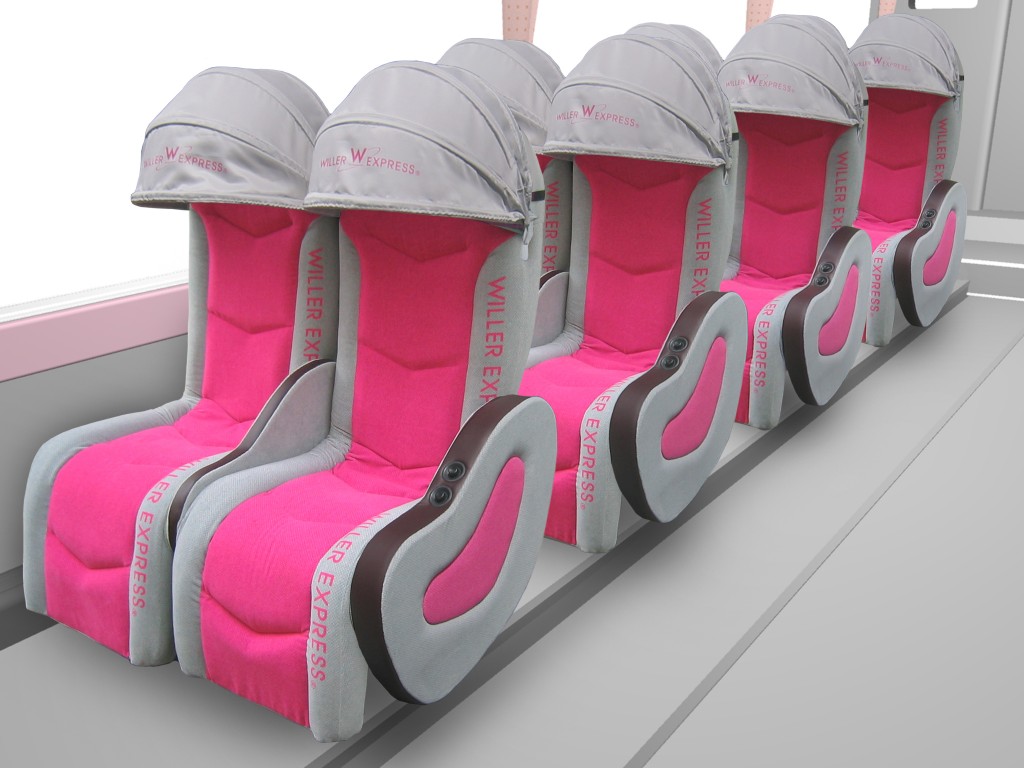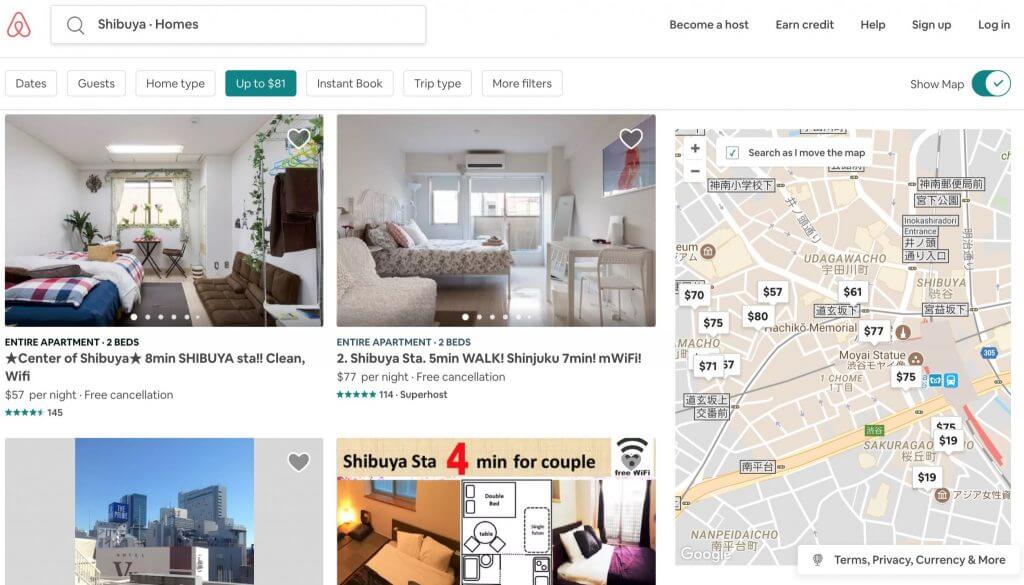Check "Cheap Vacations" on Amazon: http://amzn.to/2uwUxYD
 The One Bag Traveler recommends Gear, Destinations and Adventures.
The One Bag Traveler recommends Gear, Destinations and Adventures.
Outside the usual travel cost-cutters such as taking transit over taxis and hostels over hotels, there several simple ways to see Japan affordably. If you think exploring this intriguing place means bleeding your budget, think again. Here's 6 easy tips to travel Japan on the cheap!
Psst, want to save more money on a visit here? Check our tips on eating cheap in Japan, plus Japan Rail pass tips.
1. Take buses over trains
As with Europe, rail passes have become a popular staple for travellers in Japan. While it can be cost-effective for short trips (check our cost-analysis guide), there are much cheaper ways to get around.
Many bus companies exist in Japan, and almost all of them can be booked online at kosokubus.com. After payment, you'll get immediate confirmation and a confirmation e-mail. Simply show your confirmation e-mail on your mobile phone to the driver.
Another bus company, Willer Express, offers 3, 5, and 7-day bus passes priced from ¥10,000-¥15,000 ($94-$141 USD). Cheaper passes are available for use on Mondays-Thursdays only, while slightly pricier options exist for any day use. These travel trips (referred to as “days” on the site) can be used anytime, non-consecutively within a 2-month window.
There are many overnight bus routes, which saves on a night's accommodation. The buses are quiet, clean, and cozy, complete with reclining seats and a pull-over head blind to block out light (see below).
Popular bus destinations include Tokyo, Hiroshima, Kyoto, Osaka, and Nagoya. At a fraction of the ¥29,000+ ($273+ USD) price-tag of a 7-day rail pass (which must be used within the 7 days), you've got added flexibility for half the cost. If you don't purchase a bus pass, individual bus tickets are still typically cheaper than trains for long distances. Trains can often be crowded with commuters and may require several transfers, so a bus can often be a more convenient method of travel.
Where to buy: Individual bus tickets can be purchased online at kosokubus.com, while the Willer Express pass can be bought on their website and used at the respective terminals of your departure.
Note: for flying cheap around Japan, there are several discount air passes which are only available to tourists. Peach Air is Japan's budget airline, and with flights for as little as ~$40USD across the country, flying can be hugely cheaper than the rail pass. For more tips on flying cheap, check our flight-booking hacks.
2. Dine at Japanese fast food chains
Think all fast food is deep-fried, processed junk? Think again. In Japan, “fast food” means steaming bowls of rice, savoury meats, crispy dumplings, miso soup, with a side of green tea. Basic meals such as a rice bowl with green tea can be bought for as little as ¥130 (~$1.30 USD). More elaborate dishes (below) range from ¥300-¥600 , or ~$3-$6 USD. Check our thrifty dining tips for Japan here.
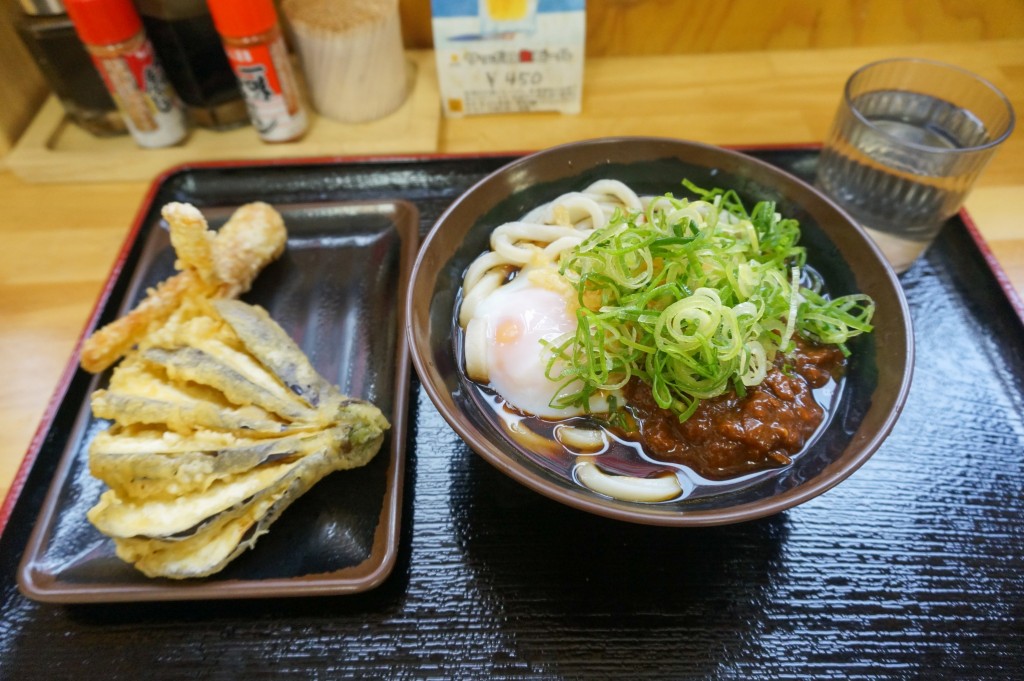
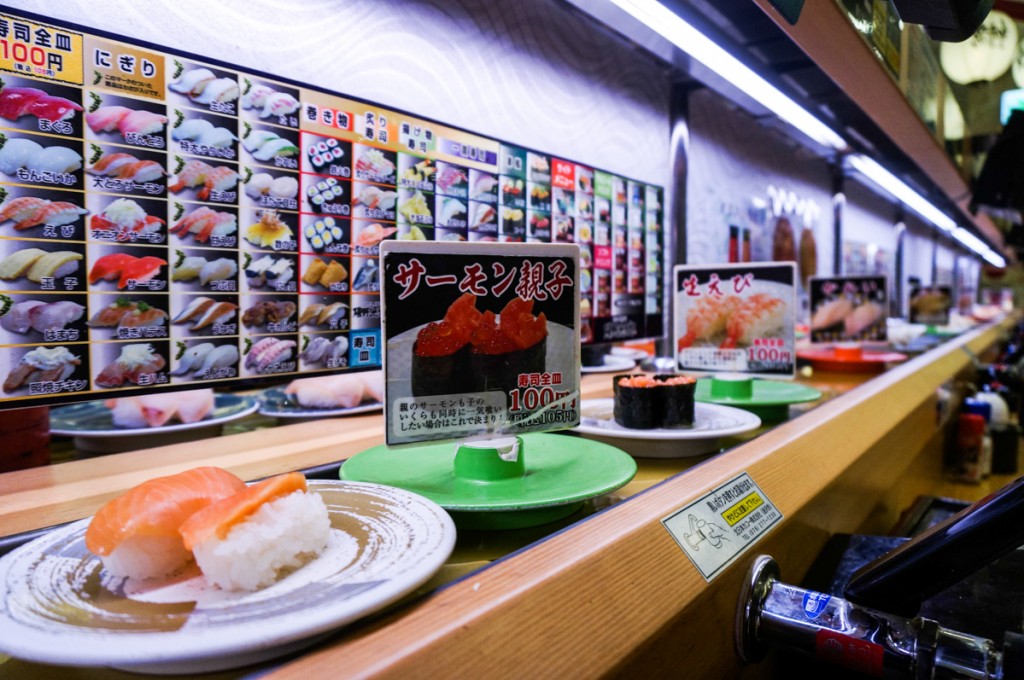
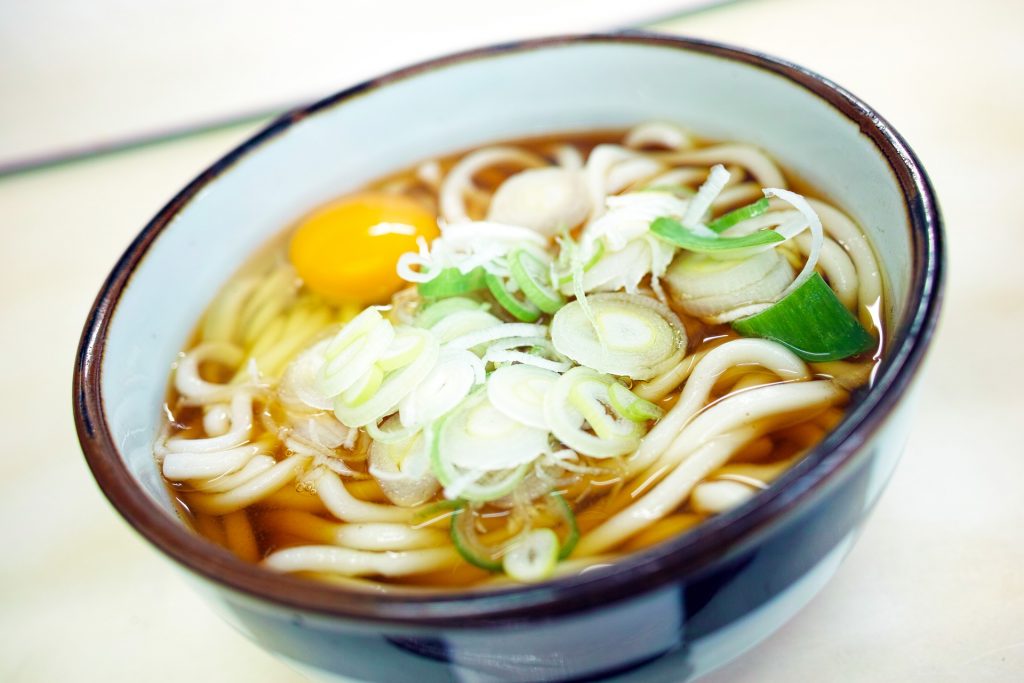
Cheap restaurant chains to find eats like these include:
- Matsuya (rice bowls, Japanese breakfast, Japanese curries)
- Sukiya (same as above)
- Yoshinoya (again more delish Japanese dishes, from curries to udon)
- Mister Donut (you must try the star-shaped donuts)
- MOS burger (Japanese-style burgers, many of which have rice as “buns”)
- CocoCurry House Ichibanya (curries)
“Button” style restaurants are often cheap (easily <¥500 or ~$5 USD). You simply select and pay for your meal based on the photos and prices listed on the machine (pictured below), bring the receipt to the cook, get your meal and enjoy!
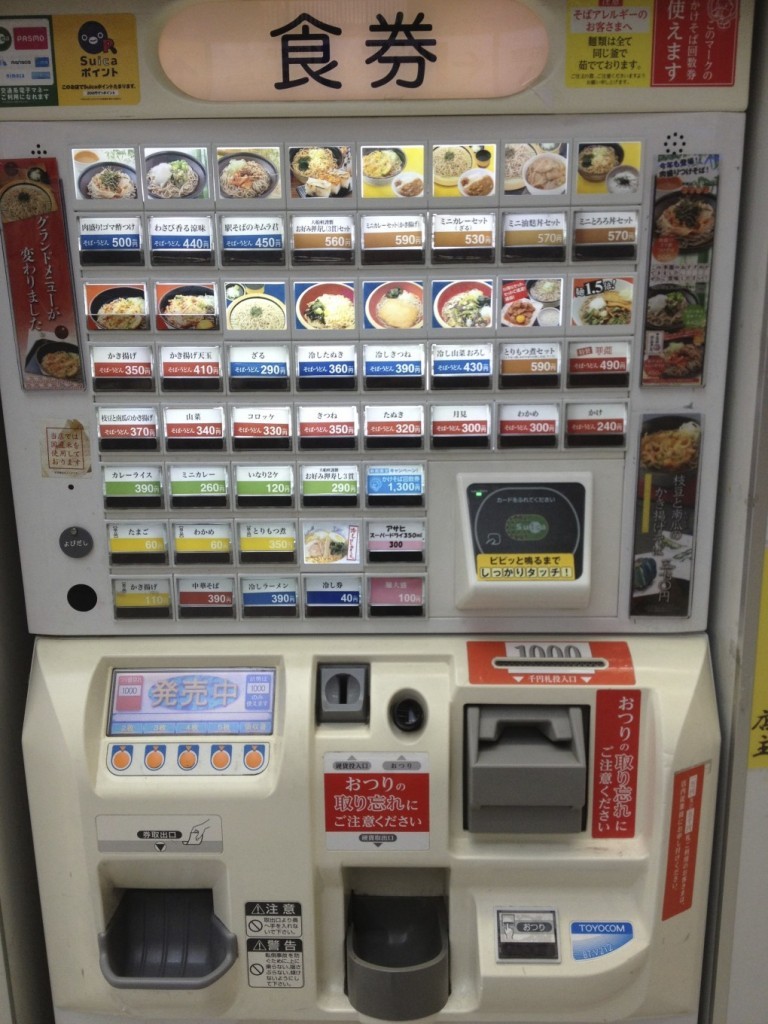
Photo credit: Introvert Japan
3. Get a metro pass
Taxis and Ubers are a senseless spend in any major city, and Tokyo is no such exception. A transit pass is a great investment, since once you've taken a certain number of transit trips it will pay itself off. Transit passes can be purchased online in advance (easier than navigating the non-English machines at the stations).
4. Get a Grutt pass for sightseeing
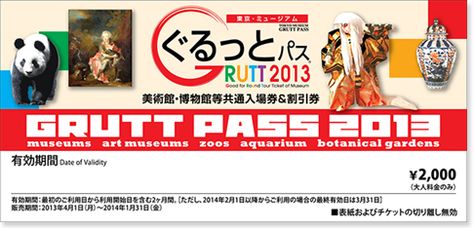
If you plan on seeing even a handful of museums and art galleries in the Tokyo region, the Grutt Pass is a well worthy purchase for savings. At ¥2,000 (~$20 USD), the pass pays for itself quickly, as it provides admission and discounts to 80 facilities. That includes museums, art galleries, and attractions across the Tokyo area.
On our first 6-week visit to Japan we made excellent use of our pass – the abundance and quality of attractions it covers is impressive. To see Japan's famous robots and other technologies to tickle the mind, check out the National Museum of Emerging Science and Innovation. For a colourful array of Japanese history, biology, and modern science, the National Museum of Nature and Science is a must-see. The MOMAT has contemporary art displays from retro to modern art in a variety of mediums. For a fascinating walk through the Japanese Edo period, be sure to check out the Edo-Tokyo Museum.
Where to buy: The pass can be purchased at select convenience stores or any of the following places:
- The Tokyo Tourist Information Centre (1st floor of the Tokyo Metropolitan Government Building)
- Asakusa Culture Tourist Information Center
- Tokyo Chuo City Tourist Information Center(KYOBASHI EDOGRAND)
- LIBRO (Ikebukuro, Kichijoji, Shiodome SIO-SITE, Chofu)
- PARCO Book Center in Shibuya
- Ueno Park Information, Asakusa Culture Tourist Information Center
- TIC TOKYO (Nihonbashi Exit of Tokyo Station)
5. Search broadly for accommodation
AirBNB and HotelsCombined consistently have the cheapest accommodation options in Japan in our experience. On our last visit, AirBNB provided a more local feeling experience and there are many affordable apartments right in downtown Tokyo for less than $80 USD/night (often much less!)
In Tokyo, we recommend staying in Shibuya or Shinjuku. We've stayed at both this Airbnb in Shibuya and the Shinjuku Granbell Hotel in Shinjuku (the buffet breakfast was tops!) Both neighbourhoods are right in the heart of shopping, restaurants, nightlife, and a short train ride from all major attractions.
When in less travelled areas, the Lonely Planet Japan guide was the best resource for hotels, hostels, and ryokan (Japanese-style guesthouses). Tourist Information Centres are also a reliable source of English-speaking assistance if in less-touristed areas.
6. Get take-away meals from grocery stores
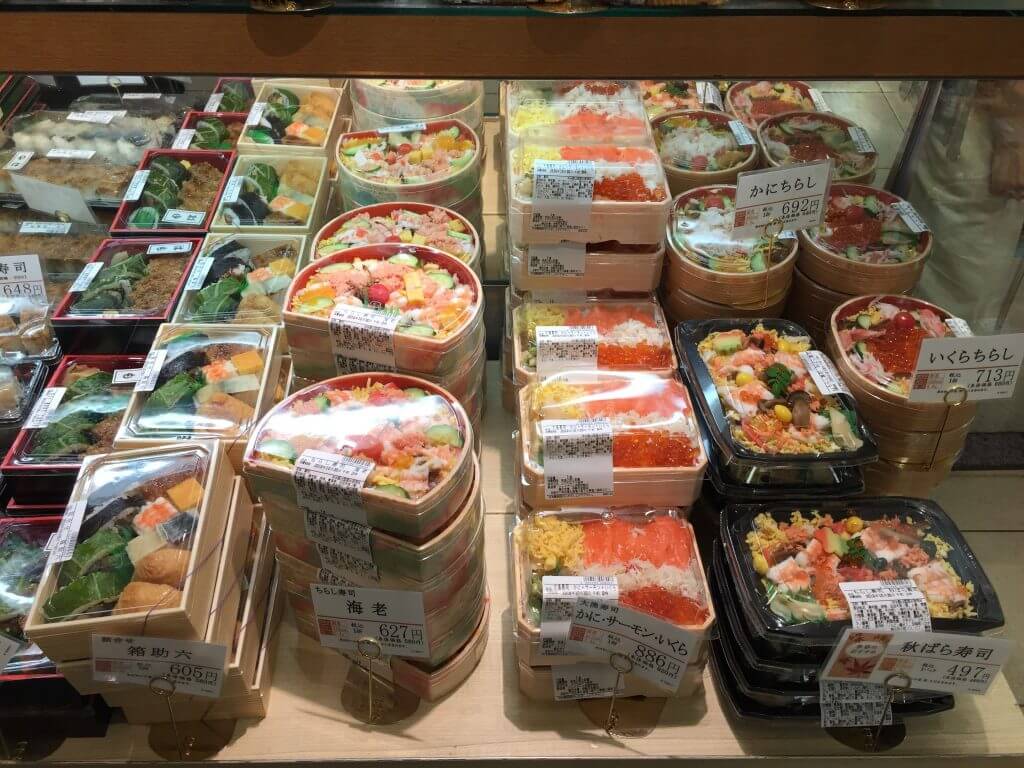
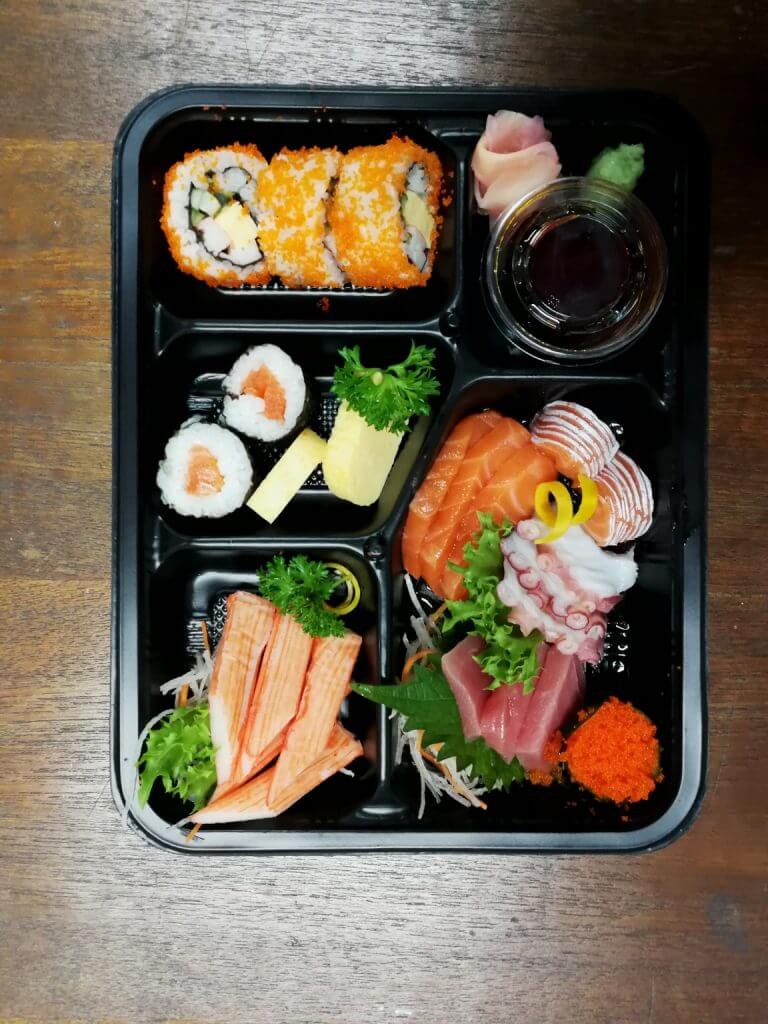
Cheap and fresh bento, take-away sushi, noodles, and udon are just some of the grab-and-go options available at Japanese grocery stores. They're great for picnics, hikes, and people-watching in a city park. Prices range from ~¥130-¥300, though we regularly (and effortlessly) spent ~¥200 per box (~2 $USD) per bento in our 6 weeks there.
Thrifty hint: hit up grocery stores in the evenings when these boxes are further discounted – presto, tomorrow's cheap lunch!
7. Hit up $1/plate conveyor belt sushi
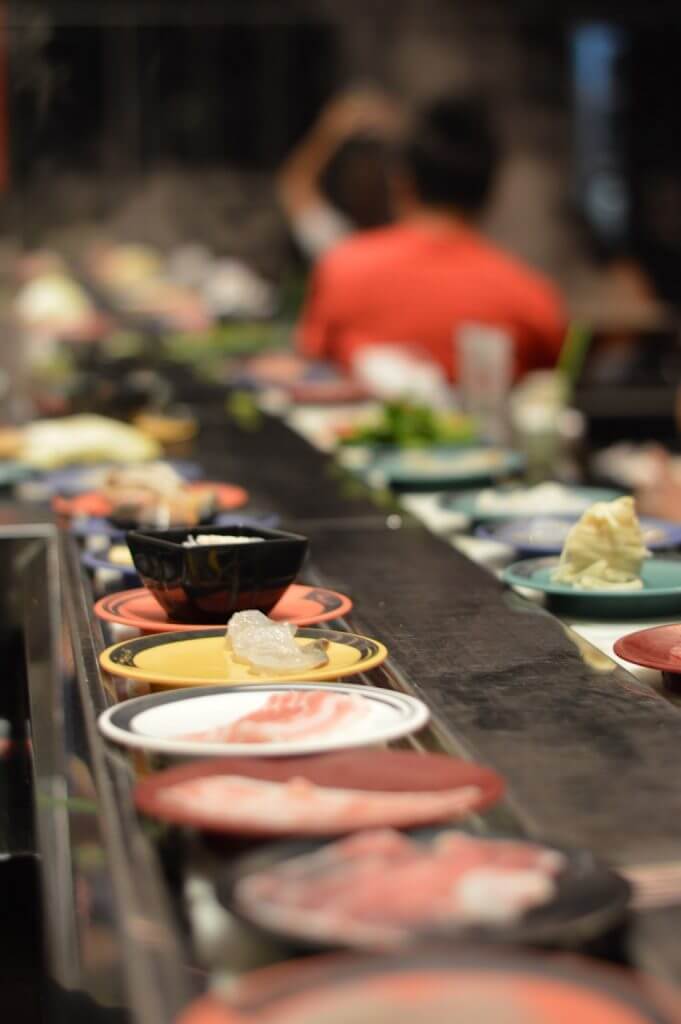
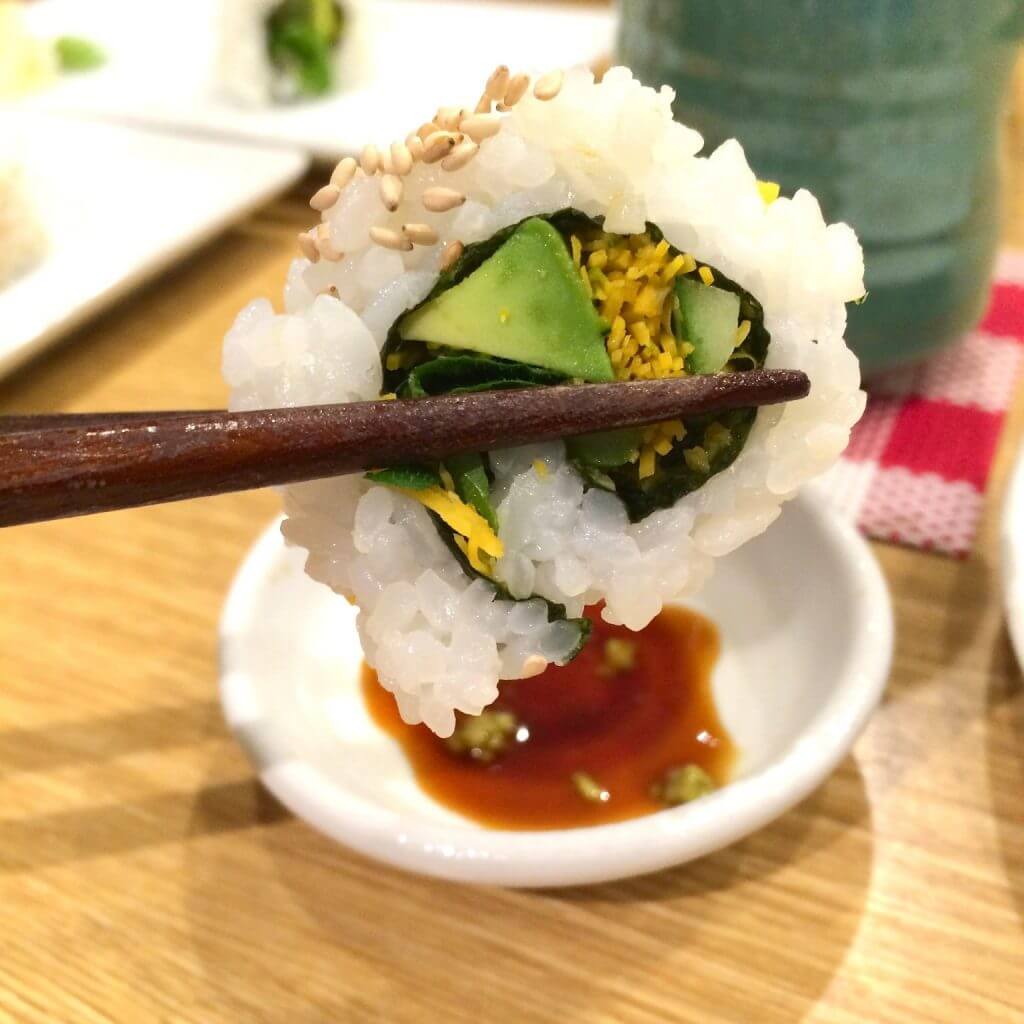
Sushi-go-round, conveyor belt sushi, or “sushi kaiten” is a great way to dine affordably in Japan. Plates are colour-coded by price, but ¥100 (~$1USD) per plate conveyor belt sushi can be found throughout the country. This is a great way to sample a variety of affordable sushi and linger with locals. Locations include:
- Nationwide: Sushi Ro
- Tokyo: Genki Sushi (Shibuya)
- Osaka: Isono Ryotaro (5 min walk from Namba Station)
More frugal advice: street food and markets are great opportunities for tasty, affordable eats (pictured below). Check our other thrifty food tips in our guide, how to be a frugal foodie in Japan.
And there you have it, 7 simple tips to make travelling Japan more affordable. What tips do you use to see Japan on the cheap?
--------------------------------


